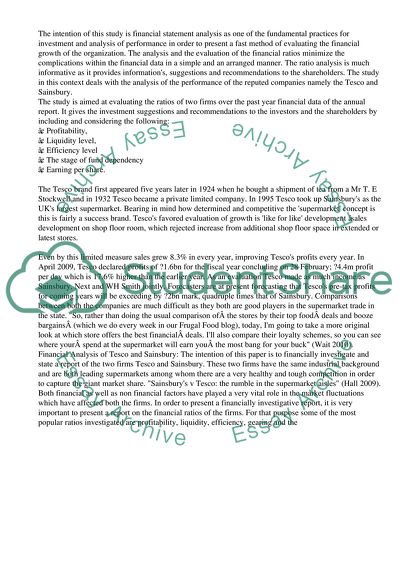Cite this document
(“Managing finance of the two companies the Tesco and the Sainsbury Coursework”, n.d.)
Retrieved from https://studentshare.org/management/1394185-managing-finance-of-the-two-companies-the-tesco-and-the-sainsbury
Retrieved from https://studentshare.org/management/1394185-managing-finance-of-the-two-companies-the-tesco-and-the-sainsbury
(Managing Finance of the Two Companies the Tesco and the Sainsbury Coursework)
https://studentshare.org/management/1394185-managing-finance-of-the-two-companies-the-tesco-and-the-sainsbury.
https://studentshare.org/management/1394185-managing-finance-of-the-two-companies-the-tesco-and-the-sainsbury.
“Managing Finance of the Two Companies the Tesco and the Sainsbury Coursework”, n.d. https://studentshare.org/management/1394185-managing-finance-of-the-two-companies-the-tesco-and-the-sainsbury.


